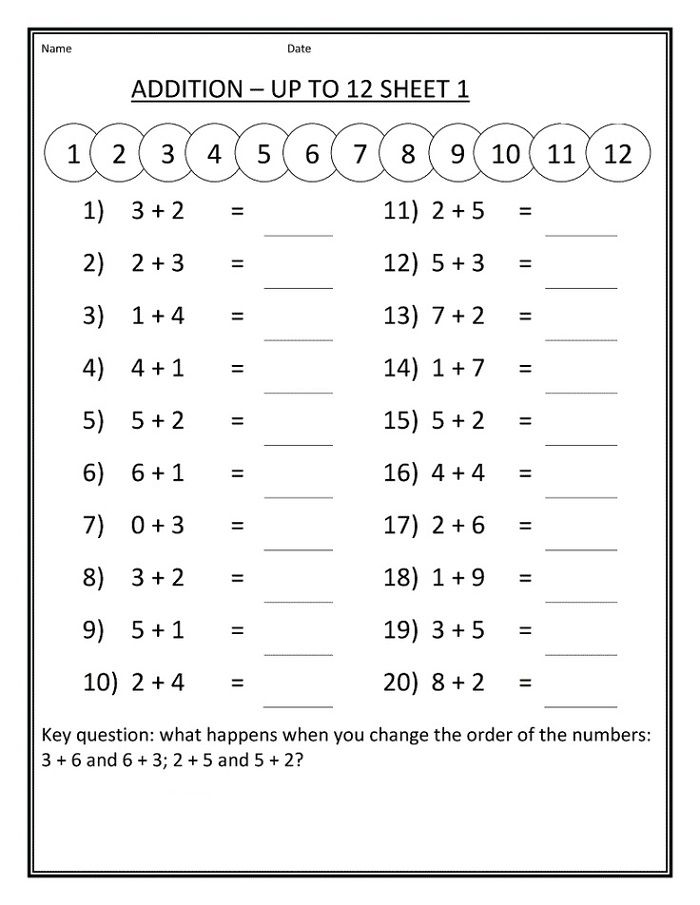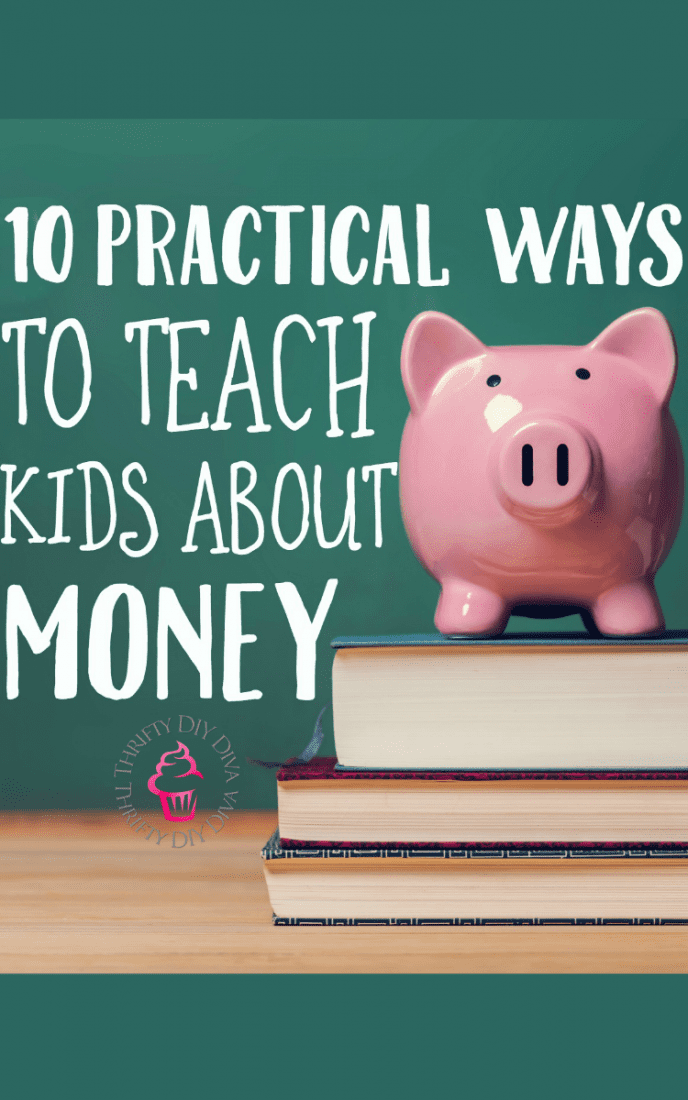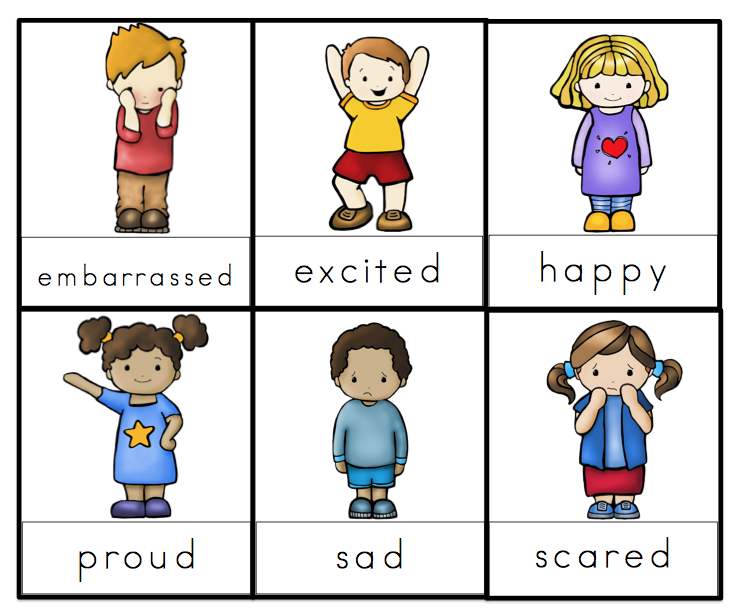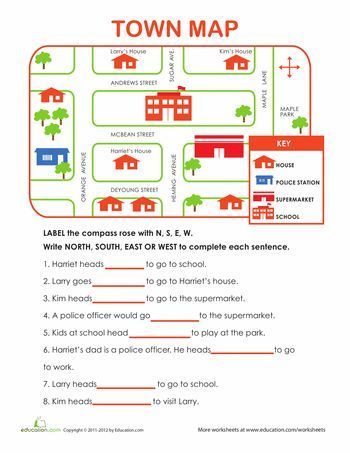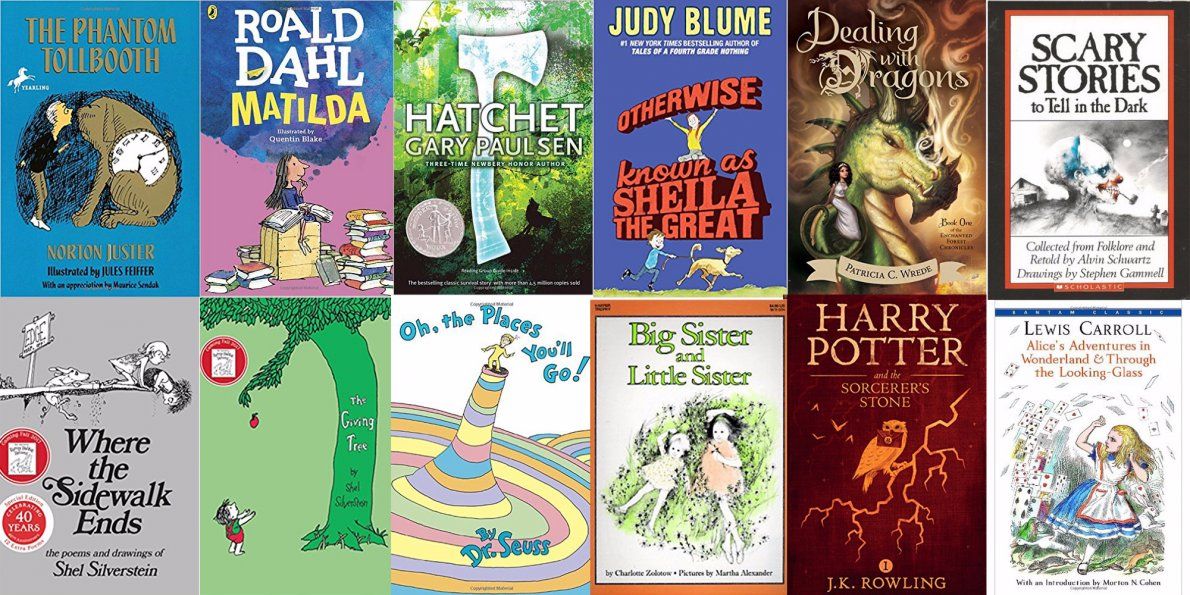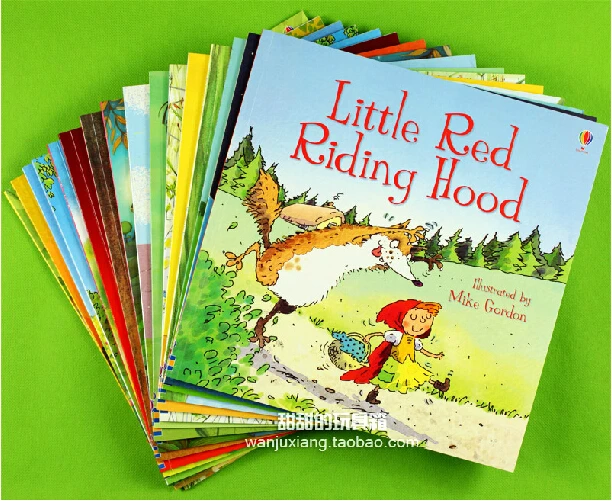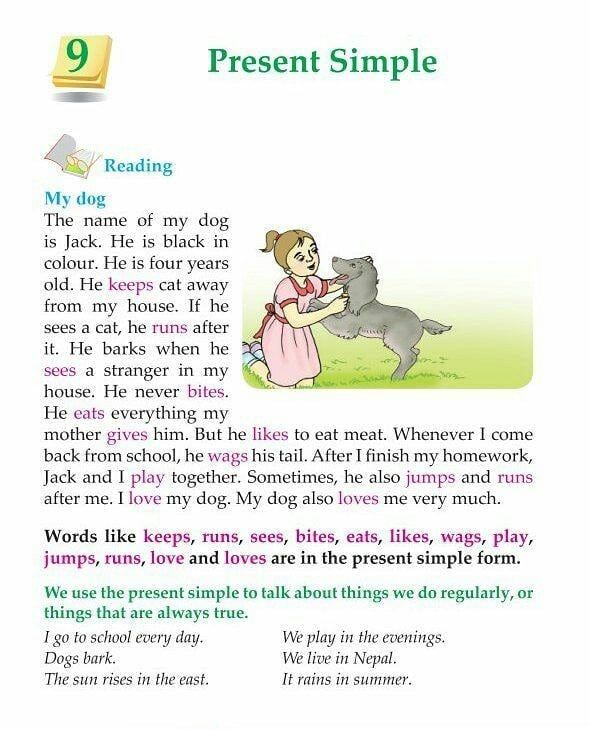Two year old math activities
Play Based Math Activities for Toddlers
Why not share this post!
7.0K shares
- Share28
- Tweet
Are you looking for play based math activities for toddlers? We've got you sorted with this great collection of toddler activities that all have a math theme to them. No worksheets I promise!
How do I teach my toddler to count? What math activities should my toddler be learning? How do I teach my toddler to add up? These are all questions that often come up in our Facebook Group and on Instagram. The answer is that you don't teach them these things. At least not with flashcards and worksheets. Before the age of 4 or 5 (it varies in each country as to their recommendations) all learning should really be play based.
Teaching math to toddlers is actually really easy. Think about your regular day and the math concepts that you see and explore each day.
- counting cars
- Pointing out the color of things
- Counting how many jumps you can do
- Pointing to different shapes in the park
- Counting how many peas are on your plate
- Looking for numbers on mail boxes
This is just a small sample of how math and number concepts can be explored during your regular day. Giving children, especially toddlers, real experiences of math concepts like numbers, shapes and measurement is a great way to get them to learn (and they don't even know they're doing it!).
If you want to extend on this, there are some fun play based math activities that are perfect for toddlers below.
I've shared some of my favorite math resources for toddlers below:
Please don't stress if your child isn't counting or recognizing numbers at this age. This article gives a good overview of what is expected before starting school and it really is very basic.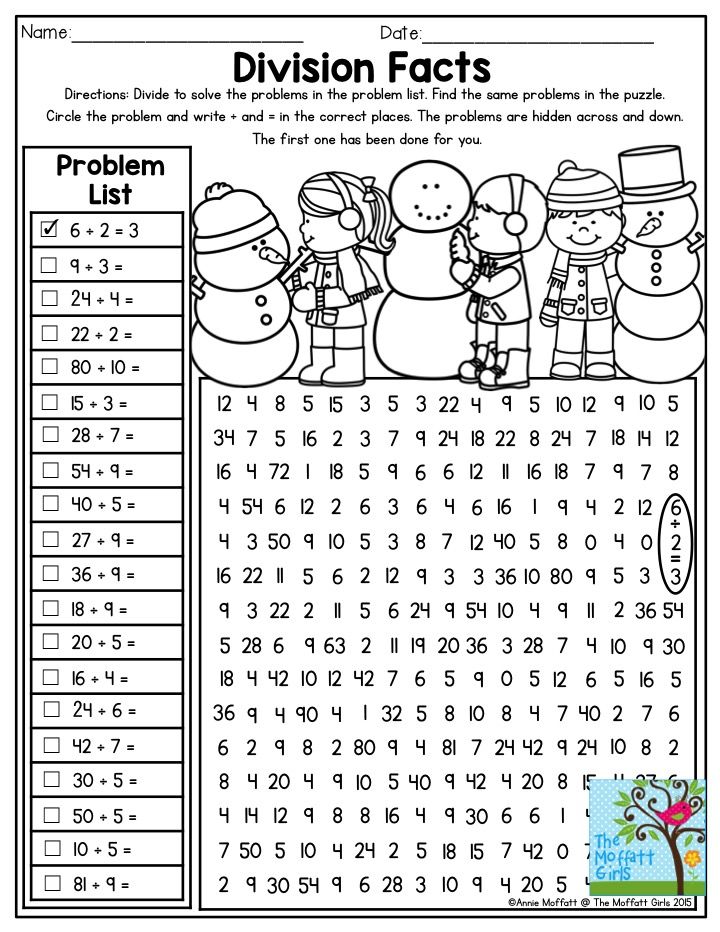 The article I mentioned (which is
talking about first grade!) states that
The article I mentioned (which is
talking about first grade!) states that
"Early mathematical concepts and skills that first-grade mathematics curriculum builds on include: (Bowman et al., 2001, p. 76).
- Understanding size, shape, and patterns
- Ability to count verbally (first forward, then backward)
- Recognizing numerals
- Identifying more and less of a quantity
- Understanding one-to-one correspondence (i.e., matching sets, or knowing which group has four and which has five)"
Now first grade is a long way off the toddler age group so enjoy the time you have with them at this age group and have fun with our play based activities!
Play Based Math Activities for Toddlers.Number Stamping Activity - Crafts on Sea
Simple Counting Activity - Teach Me Mommy
Rings on Fingers - School Time Snippets
Painting Shapes
Montessori Nature Tray Counting and Sorting - Living Montessori Now
Birthday Cake Counting - The Imagination Tree
Counting Math Game for Toddlers - Buggy and Buddy
Magnetic Fishing Number Game - Messy Little Monster
Counting Kites Fine Motor Activity - Best Toys 4 Toddlers
Number Pocket Game - Toddler Approved
Counting with Race Cars - Teaching 2 and 3 Year Olds
Number Chain - Hands On As We Grow
I would love to see how your toddler enjoyed their play based math activities.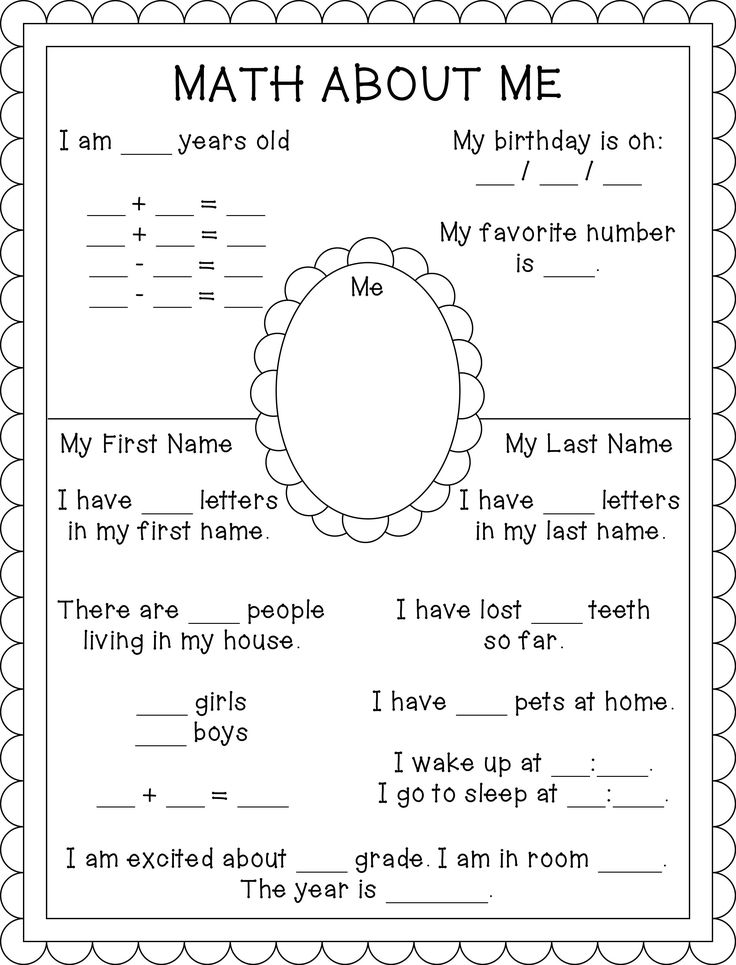 Share a photo in our Facebook group
or Instagram (follow @myboredtoddler) and use #MyBoredToddler so we can all see! You can also follow us on Pinterest or Facebookfor more great toddler activity ideas.
Share a photo in our Facebook group
or Instagram (follow @myboredtoddler) and use #MyBoredToddler so we can all see! You can also follow us on Pinterest or Facebookfor more great toddler activity ideas.
Some other activities you will enjoy are:
Shape Activities for Toddlers
Counting Activities for Toddlers
25+ Hands-On Math Activities for Toddlers
Math for toddlers? You might wonder what I mean. It is not like toddlers are doing addition or subtraction... right?
Did you know that you begin teaching simple math concepts to children long before they ever enter a classroom? There are so many ways to embed learning math concepts like counting, measuring, and identifying more and less through simple daily experiences along with easy activities that you can enjoy alongside your child.
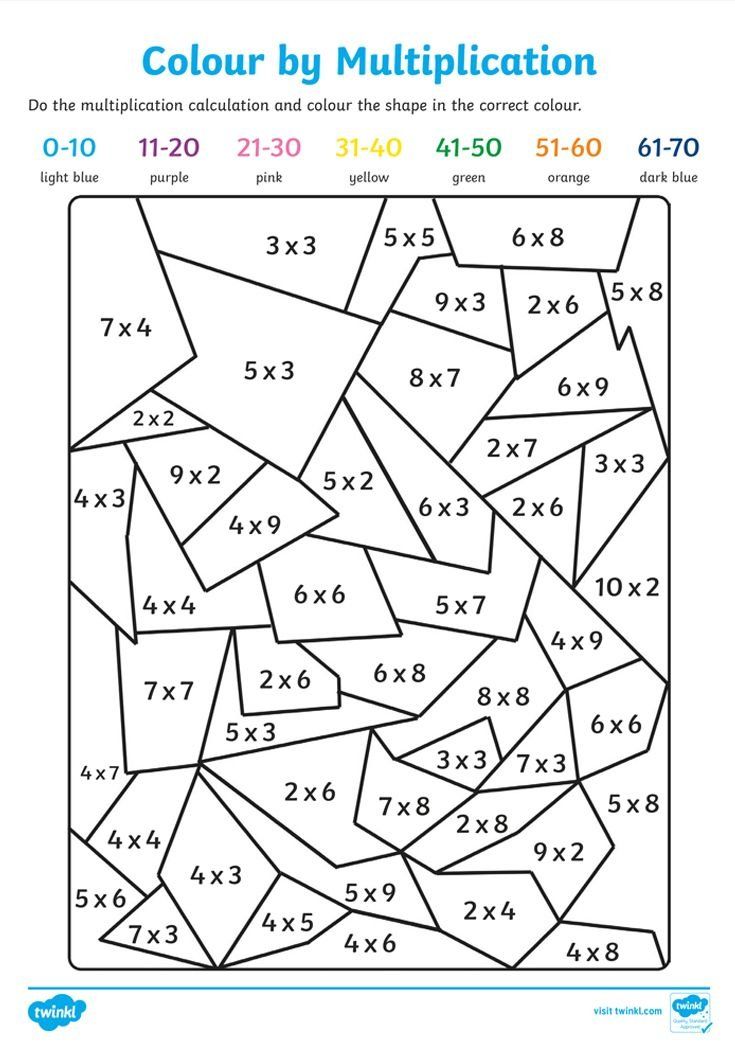
This post contains Amazon Affiliate links.
My husband loves math and he grew up doing math problems and talking about numbers all of the time. My kids love it too! On the other hand, math was my least favorite subject. As I became an elementary school teacher and found more ways to teach math to kids with different learning styles (and in a more hands-on way), I began to love it!
I am going to share some quick and easy-to-set-up activities that help you introduce your child to some simple math concepts! We are going to start with NUMBERS and OPERATIONS!
WHAT ARE NUMBERS & OPERATIONS?
This means understanding the concept of number, quantity, order, ways of representing numbers, one-to-one correspondence (that one object corresponds to one number), and counting.
Some examples from the NAEYC include...
“You have two eyes, and so does your bear. Let’s count:--1, 2.”
“I have more crackers than you do. See, I have 1, 2, 3, and you have 1, 2. I’m going to eat one of mine. Now I have the same as you!”
See, I have 1, 2, 3, and you have 1, 2. I’m going to eat one of mine. Now I have the same as you!”
“That’s the third time I’ve heard you say mama. You’ve said mama three times!”
When we understand math concepts, we can use what we know as we interact with our children each day.
WAYS WE CAN TEACH KIDS ABOUT NUMBERS & OPERATIONS
Kids need to be able to...
- count forward and backwards
- recognize what a number looks like and name it
- understand one-to-one correspondence (each number corresponds to one specific quantity)
Kids will do all of these things at different stages. Some kids will be fascinated with counting to 10 or 20 way before others are. Just because they can count up to 20, doesn't mean they actually know what they are doing or what that means. Rote counting and matching numbers is only a beginning stage to start understanding numbers.
When we are exploring numbers with toddlers it is all through PLAY and every day experiences and interactions! This is not the time to break out flashcards or do drill and kill rote learning activities.
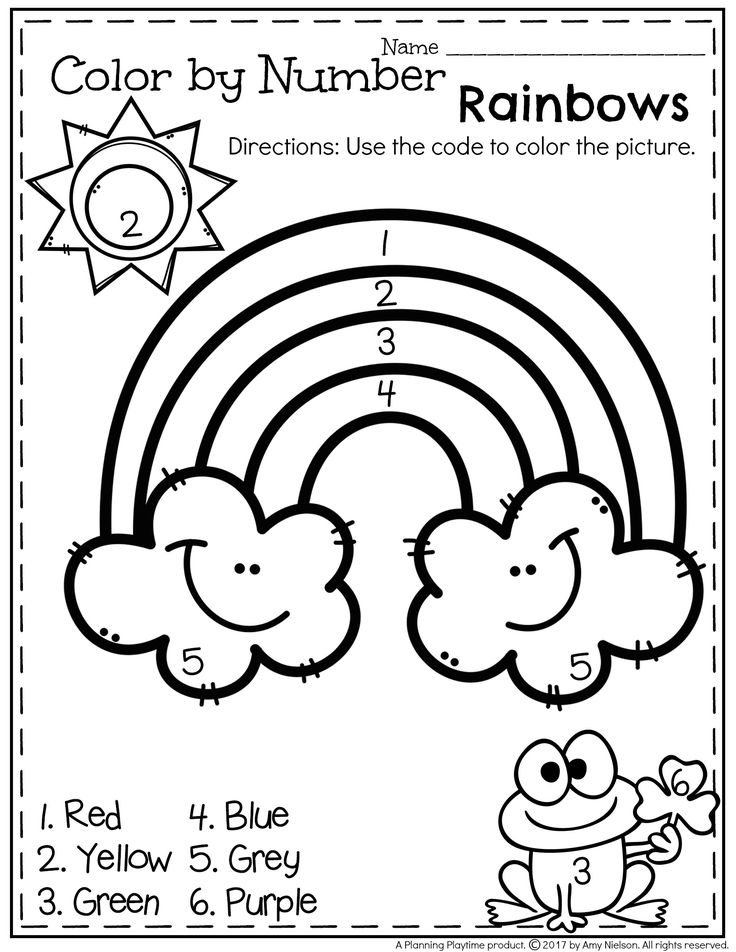
The number activities we are sharing below are simple and playful. They help teach the math concepts shared above while allowing you to connect with your child.
Some of the concepts that toddlers will begin to understand are listed below...
- They understand "more" and "enough" and "no more."
- They also may understand the words one and two or "pick two."
- Many two-year-olds can hold up two fingers to show you.
- Some two-year-olds will be able to recite numbers words in sequence or may be able to identify some numbers.
- Many will still recite numbers out of order.
There is a broad spectrum of abilities during the toddler years. Each toddler will be different. I encourage you to focus on exploring these math concepts and not worry about comparing your toddler with their peers or trying to rush them to mastery of these skills.
5 WAYS WE CAN EXPLORE NUMBERS WITH TODDLERS
1. Match Numbers
Matching numbers is a simple way to teach kids to recognize numbers and be able to say their names. These activities are great for helping kids learn to recognize, name, and match numbers.
These activities are great for helping kids learn to recognize, name, and match numbers.
Number Pocket Matching Game
Number Bug Sticky Wall
Leaf Number Movement Game
Car Parking Match Game by Housing a Forest
Cup Number Matching Game by Laughing Kids Learn
Sticky Number Match Activity by Busy Toddler
Number Dig and Match- Happy Toddler Playtime
2. Sing rhymes and counting songs
Rhymes and songs are great for teaching math concepts! They really stick into memories and kids love using their hands to help them sing as well. When you pair music with movement, kids retain so much more! If you click on each rhyme or song, you'll be taken to a YouTube video where you can listen or watch and sign along!
Ten Little Monkeys Swinging in the Tree
There Were Ten In The Bed
Two Little Blackbirds
Five Green, Speckled Frogs
The Ants Go Marching
One, Two, Buckle My Shoe
One Potato, Two Potato
Hickory Dickory Dock
Zoom Zoom Zoom!
3.
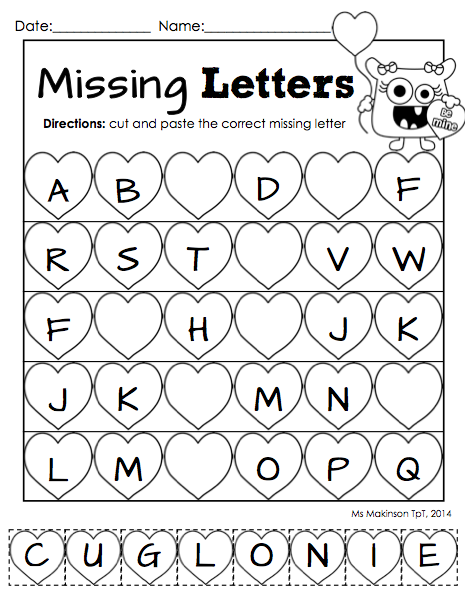 Count together
Count togetherThese simple, but fun activities are great for helping kids count from 1-10 and even higher in a playful way!
Counting Movement Game
Race to Lose a Tooth Counting Game
Boat Sink Challenge
Candy Cane Hunt and Match
Number Toy Hunt
Counting Croquet
Counting and Crushing Cars
Pipe Cleaner Pick Up Sticks Game
Lily Pad Number Hop
4. Read books about numbers
These are a few of our favorite books that explore numbers and counting! They are simple, colorful, and short to read.
Chicka Chicka 123 by Bill Martin Jr.
10 Little Ladybugs by Melanie Gerth
Counting Kisses: A Kiss & Read Book by Karen Katz
Doggies by Sandra Boynton
Bear Counts by Karma Wilson
How Do Dinosaurs Count to Ten by Jane Yolen
Mouse Count by Ellen Stoll Walsh
Ten Black Dots by Donald Crews
Ten Red Apples by Pat Hutchins
My Very First Book of Numbers by Eric Carle
Eight Silly Monkeys by Steve Haskamp
5.
 Play with numbers
Play with numbersThese number activities are great for helping your toddler explore numbers while also moving, exploring, and playing!
Press the Homemade Elevator Buttons
Number Hockey
Number Basketball
Pom Pom Toss game
Number target practice
Count by 2s with sticks
Number Hunt in the Pool
Roll 6 and Splash Number Game
Stroller Math
Put Out the Fire Number Game
Do you have any other simple ways that you like to embed math into everyday life?
EVERY DAY WAYS TO EMBED MATH INTO YOUR DAY
- Count cars as you are driving
- As you collect items at the grocery store, count them up
- Go on a number hunt at the store, on a walk, or while you are driving
- Count together and count the eggs that are added, tablespoons, etc.
- Play "pick up 5" and see if everyone can pick up 5 toys in a messy room and put them away
- Hunt for specific numbers on license plates
- Workout together! Count jumping jacks, laps around the kitchen, and push ups!
- Build with blocks- work together to create a tower with a specific number of blocks and then count them together
- Count when you are having snack! Encourage your child to eat 5 raisins or 3 slices of apples.
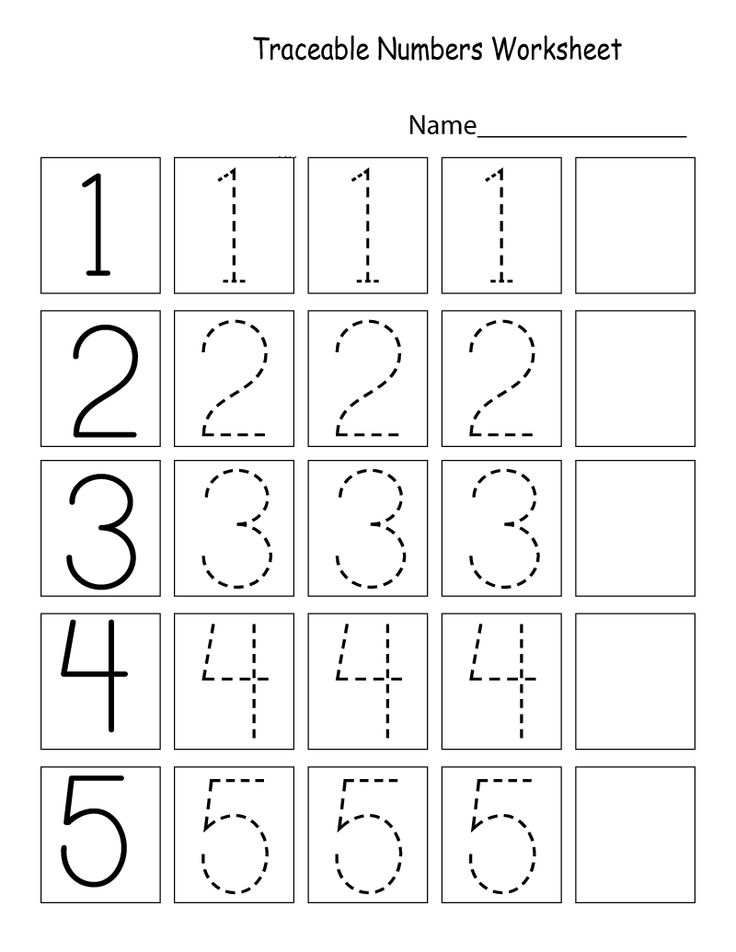 Count them up together.
Count them up together.
What else do you do?
Developing activities with a child 2-3 years old
Content
A child at 2 years old: what is he like
Fundamentals of development
Logical and mathematical thinking
Oral speech
Attention
General and fine motor skills
Intellectual abilities
Acquaintance with the surrounding world
When a baby turns two years old, he begins to actively explore the world around him, so parents ask themselves: how to develop a child at 2 years old correctly? Various tasks for children of this age develop many children's abilities, including speech, social, tactile, creative skills, etc.
A 2-year-old child: what is he like
Children from 2 to 3 years old are very active. They cannot sit still, they definitely need to try everything and go everywhere, because they are eager to find out how the world works around them.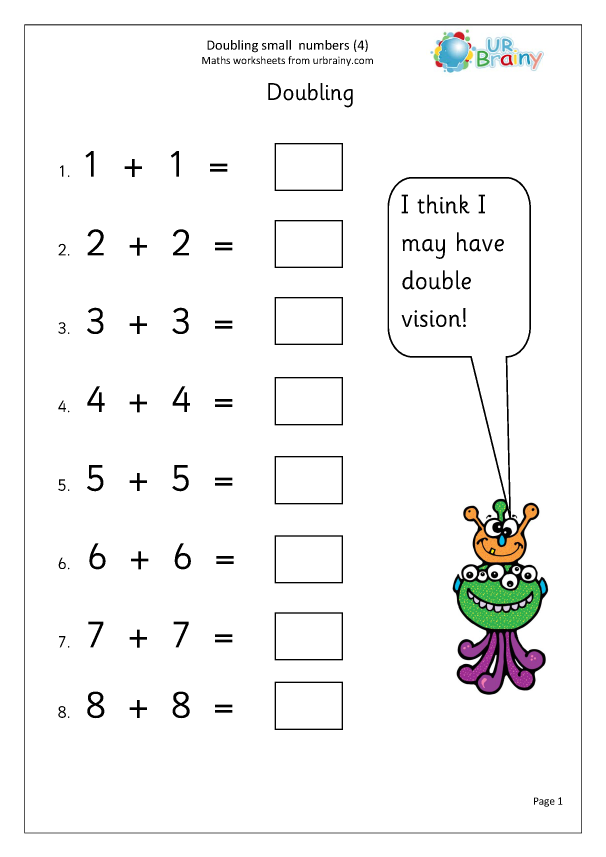 But, despite this, children at this age are more attentive than at one or a year and a half.
But, despite this, children at this age are more attentive than at one or a year and a half.
Two year olds absorb an incredible amount of new information like a sponge, and this is fertile ground for early development. There is no need to buy expensive toys. It is enough to carefully observe the interests of your baby, try to answer his questions, explain everything that he sees around. But do not overdo it: oversaturation with new knowledge can lead to a refusal to perceive it. nine0003
2-3 years of age is considered to be a transitional period, from a model of behavior of an early age to the manifestation of one's "I". Very emotional, the baby still hardly holds attention to one thing, but if he is interested, he can enthusiastically engage in 15-20 minutes. Make good use of this time!
Development Fundamentals
For a two -year -old, the key activity is the game.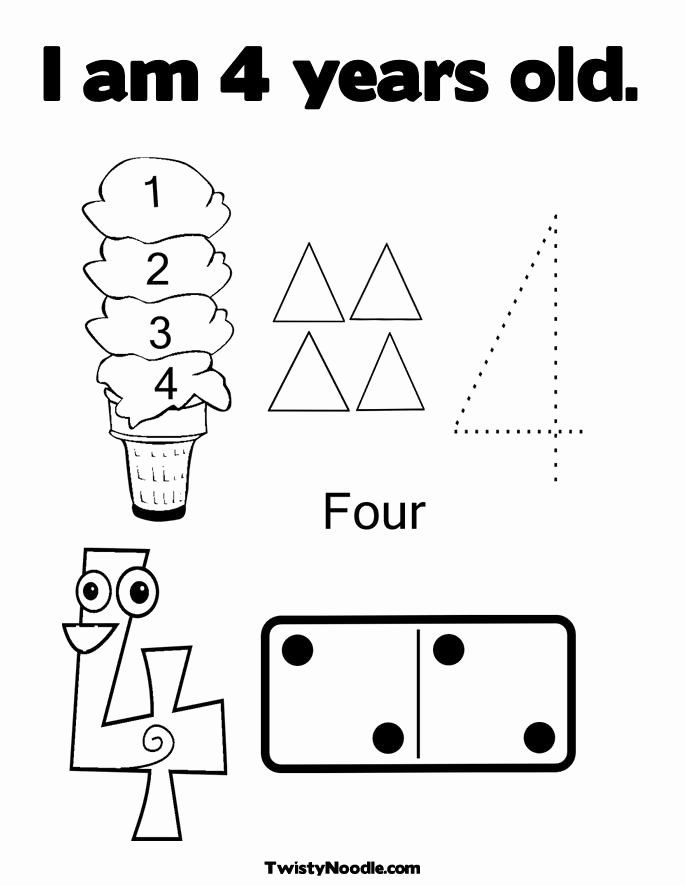 Through play activities, mental, mental and social development occurs. On the other hand, the game cannot be aimless. In order for every minute to bring benefit to the child, it is necessary that the classes be aimed at development:
Through play activities, mental, mental and social development occurs. On the other hand, the game cannot be aimless. In order for every minute to bring benefit to the child, it is necessary that the classes be aimed at development:
- logical thinking;
- oral speech;
- attention;
- fine motor skills;
- intellect;
- the surrounding world.
Logical and mathematical thinking
Mastering space and time. Hide some toy and invite the child to find it, helping with hints ("Let's look in the closet / under the table / bedspread ...").
We distinguish the time of day. nine0020 You can talk about this topic during the day, for example, at breakfast, tell the baby what time of day it is, and before going to bed, ask what he was doing in the morning, afternoon and evening.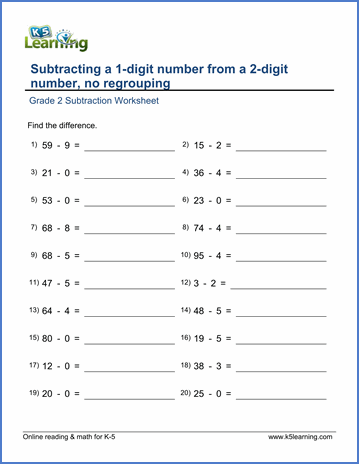
Learning to count. It is better to start studying mathematics not with abstract numbers, but with things understandable to the kid. Count everything around: steps, steps, fingers, toys). Teach your child to show his age on his fingers.
Putting puzzles together. This is a difficult task, so you can't do without the help of an adult. Choose pictures from 2-6 elements. Of the two paths “difficult puzzle - mom help” and “easy puzzle, but on your own” - prefer the second. nine0003
Learning to compare. Studying the concept of "a lot-little", lay out two piles of buttons - the child must determine which is more and which is less.
Speaking
Reading . Take a book by age, with large print and pictures. Discuss the plot of the story with your child as you read. Ask questions, praise for the correct answers, give hints if the baby is having a hard time.
Puppet theater . Not only special dolls are suitable for him, but also toys familiar to the baby. The first performance is staged by an adult, showing an example, then we connect the child. Entrust him with the main role or tasks of the director. nine0003
Finish the sentence game . Start saying the phrase, and the baby will finish it. You can illustrate situations from life: “There is a red one here ...”, “This girl is dressed in ...”.
Expanding vocabulary . A two-year-old understands more words than he can pronounce. Speak with him all the events of the day, even “what you ate”, “whom you played with”. This lesson improves pronunciation, teaches the baby to share his thoughts with his family.
Caution
Find item . Any place will do: in nature, on the street, in line at the clinic, at home. Ask the child to show a white car on the road, find the character in the picture. The main thing is to be interested!
The main thing is to be interested!
Find the common feature . Arrange items according to a common feature, for example, with the same pattern, color, shape. It is important that the objects are diverse: a mitten, a saucer, a picture in a book.
We build according to the drawing . There are a lot of games with drawings for this. Buy an age-appropriate set (2-6 pieces) and let your little one build a tower or house on their own. nine0005
General and fine motor skills
Modeling . Choose high-quality plasticine of different colors, which can also be successfully memorized in the game.
Application . This case will not only strengthen the fingers, but also deepen creative thinking.
Dressing and undressing . Let the baby dress up the toy on their own or get ready for a walk.
Water games .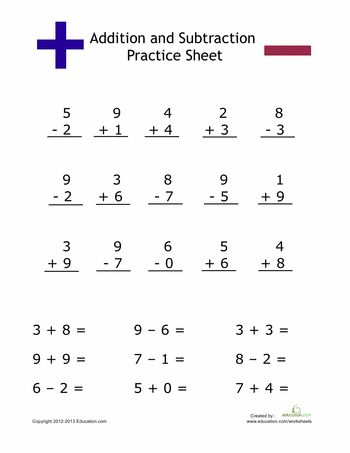 It is most convenient to play with plastic children's utensils. Let your child play around in the water with the toy teapot and cups. nine0003
It is most convenient to play with plastic children's utensils. Let your child play around in the water with the toy teapot and cups. nine0003
Hand washing . Teach your child to wash their hands without the help of an adult, after a walk and before eating. At the same time, he will master the skills of hygiene.
Angler game . Need balls or small toys. Throw them into the water (most convenient when bathing) and invite your baby to catch them with a spoon.
Intellectual ability
Music . Teach your baby and yourself to the classics, using them as a background while reading fairy tales and creative activities. Praise for wanting to dance. nine0003
Drawing . A two-year-old is already drawing quite consciously, trying to draw herself, her family, using circles, lines, squares. He learns to paint over the drawing without going beyond the contours.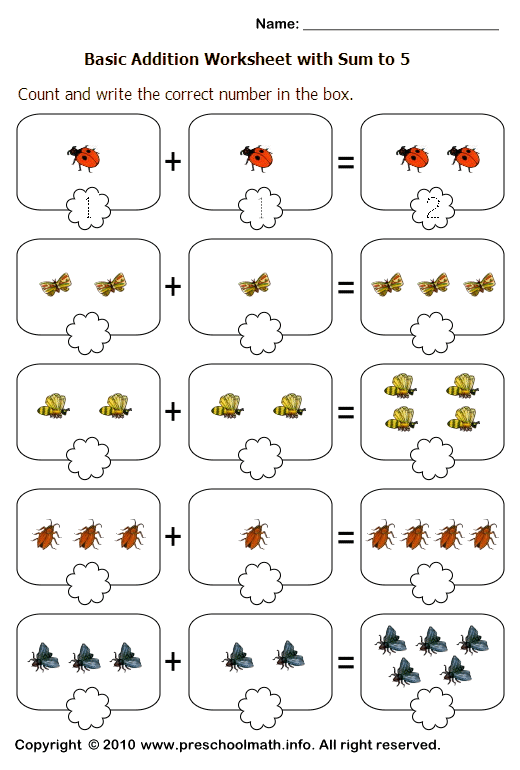 Draw together! Let the baby finish drawing your schemes of the sun or the animal himself.
Draw together! Let the baby finish drawing your schemes of the sun or the animal himself.
Role play . Encourage your child's initiative in composing a play scenario with dolls or real people. Plots can be taken from life: go to the store while at home, send the doll to the doctor, school or kindergarten. It is important that the baby is the main one in the game. nine0005
Getting to know the world around us
Learning about animals . We talk about animals, we name parts of their body, cubs, what they eat and where they live. We tell you what role an animal or bird plays in nature, whether it matters to a person.
Watching nature . It is important to explain how rain, snow and other weather phenomena occur.
Studying the flora of the area . On the street, pay the child's attention to the plants, tell them what they are called.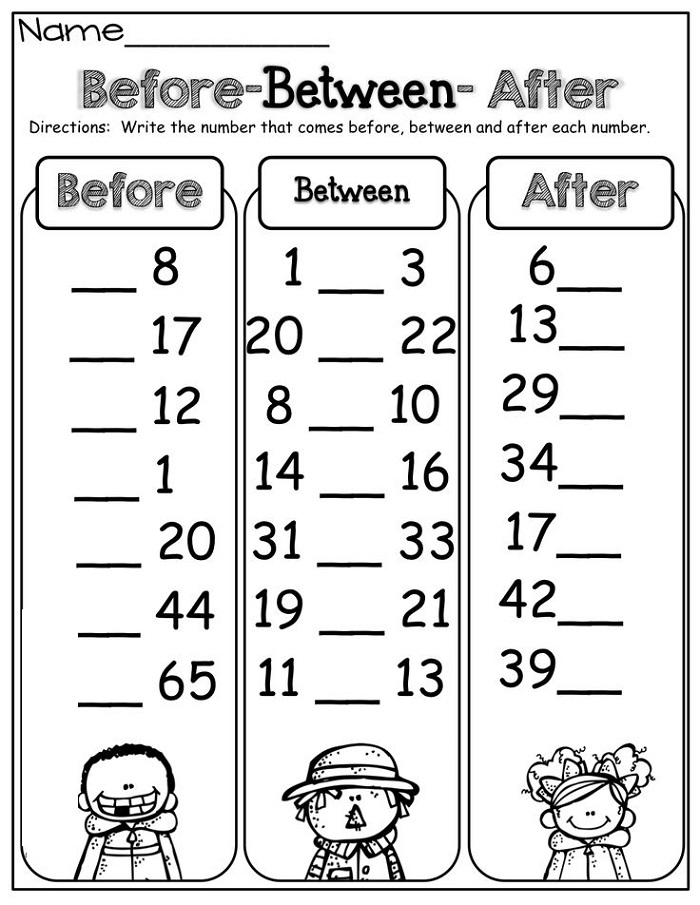 nine0003
nine0003
Learn fruits and vegetables . Learn the names of familiar foods with your baby. Check in everyday life by offering to take an apple or a banana from a plate.
Distinguishing materials . Tell us what the objects around us are made of. They are wooden, metal, paper.
Working with a child is not difficult! Some games can be used even while walking, others require preparation. However, such exercises will become a powerful basis for the further development of the baby. He will be better aware of the world and strive for new knowledge. nine0005
Mathematics for the little ones
Alas, all early development is usually reduced to early learning to count and read. And this is just contraindicated for such crumbs, their brain is not yet physiologically ready for such manipulations. However, there is another math.
When we talk about mathematics for kids, we mean, rather, familiarity with the main logical concepts: one and many, more-less, above-below, set, etc.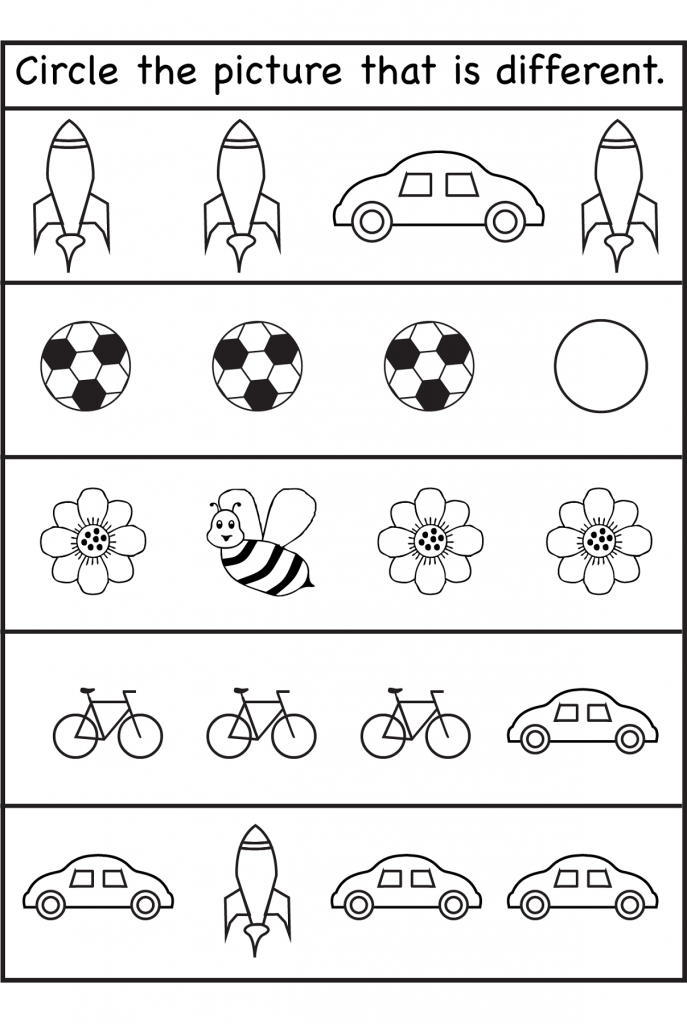 It is obvious that these concepts are needed not only for the development of mathematical thinking. They generally help to structure the accumulated information, but for this the baby needs time. So please don't rush! nine0003
It is obvious that these concepts are needed not only for the development of mathematical thinking. They generally help to structure the accumulated information, but for this the baby needs time. So please don't rush! nine0003
Some teachers insist that logic classes (as well as other sciences for toddlers, by the way) should take place in a special place and at a special time specially allotted for “lessons”. Perhaps for older preschoolers who are preparing for their first meeting with the school, this is relevant: a special place and time allow you to tune in to the working mood, get together. But when it comes to toddlers from one to three years old, I insist that "lessons" are unacceptable. All information about the logical structure of the world, about relationships, about causes and effects can be learned literally "in between times, on the go." nine0003
The principle of mastering the material should be as follows: first, contrasting concepts (one - many, high - low, large - small), and then we consider in more detail what is "in the middle", we learn to compare quantity, height, size.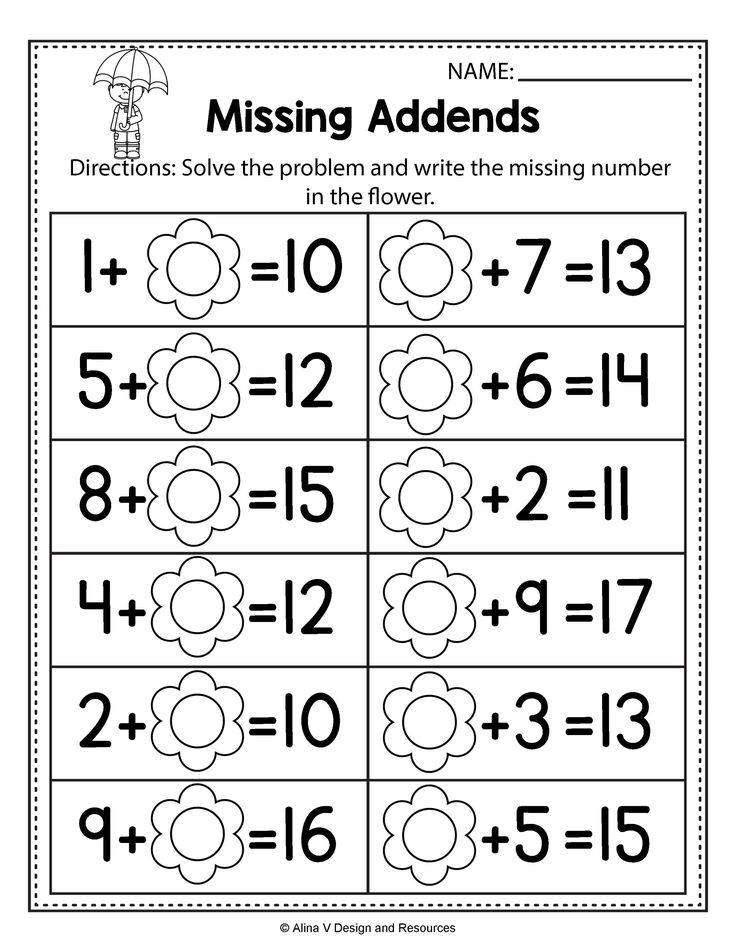
What is a heap?
Do you remember how in a wonderful cartoon about a monkey, a baby elephant and a boa constrictor, the baby elephant asks his friends:
– How many nuts do you need to make a pile?
(Let's note in brackets that the baby elephant, by the way, raises an old philosophical problem, first formulated by the ancient Greek philosopher Zeno - at what point does quantity turn into quality, and one grain of sand will turn "non-heap" into "heap"). nine0003
But we will not delve into philosophical empiricism for the time being. It is important for us now to learn the concepts of “one” and “many”. Actually, these words constantly sound in our speech, and the baby already has an approximate idea of \u200b\u200bthem. It remains only to emphasize during the game that one doll is “reading” the book , and many dolls are sitting on the sofa . There is one car in the garage, and many cars drive along the road.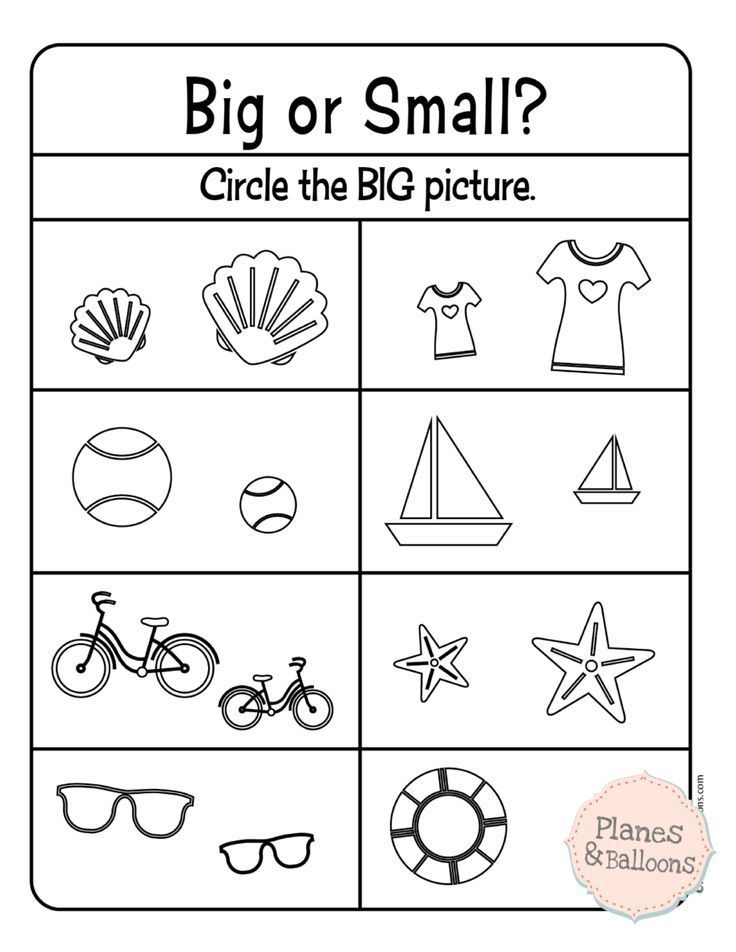
When the baby understands these concepts well, you can go to definition "several" . Two or three things is a lot.
Please note that your words must be accompanied by actions with real objects, not pictures. Do not hesitate, there will come times when your little one will clearly show in the picture where there is one berry, where there are many, and where there are several. But for now, pictures are just a symbol for him. Dealing with them is much more difficult than with real objects that you can pick up.
Same, less, more
Children usually have a very developed sense of justice. We'll play on that. Let's treat the dolls with pies. Did everyone have enough? It turns out that there are as many pies as there are dolls! Say "the same" a little louder, emphasizing this expression with intonation. As you understand, there can be an infinite number of options: you can give nuts to squirrels, carrots to hares (natural ones, if you are peeling carrots for soup at that time, or fashioned from salt dough and painted with gouache), put the same cars in garages built from cubes. But bad luck! At some point, carrots turned out to be less than than hares. And the pies, on the contrary, remained superfluous, which means that there are more of them than than dolls. For those parents who think that this is too easy, I inform you that there are such problems even in math textbooks for the first grade. We by no means set ourselves the task of going through the school curriculum in tender infancy, but now we would like to outline the basic logical concepts with which the baby will become more and more familiar as he grows up. nine0003 Psychologists have established that we can determine the number of objects up to five “by eye”, without counting; this skill is, as it were, “embedded” in our brain. Let's use this ability of our own body. Let's not count with maniacal persistence everything that comes our way, but just note that there are three apples on the plate, you and I have two legs and two arms, the cat has as many as four paws . Especially if you ask him how many sweets to give him: one, two or four at once. How many didactic games have been invented in order to “find the extra”, “make pairs”, “pick up analogies”! What is there just not there: either birds among giraffes, then squares among circles, then cornflowers among cacti. nine0003 But when a two-year-old baby starts sorting paper cards with unknown animals, there is something… unnatural in it. And in this regard, I really like the idea of Waldorf teachers to classify objects, so to speak, according to the principle of common sense. And here are various baskets for shells, cones, chestnuts... You don't even have to explain anything to the baby, don't announce loudly: "Here we put only dishes, and here - only pebbles!". Just collect your treasures with your baby every day after playing. And he will definitely notice that a cone that accidentally fell into a basket of shells is superfluous here. And he himself will put it where it is necessary, and will not shove it with his foot under the bed. There is a deep practical meaning in such classifications: order is put in place, the room becomes cozy, and at the right moment you can always find exactly what you need. Walking down the street with your child, doing household chores, playing ordinary role-playing games, pay attention to the signs of objects. This house is high and that one is low. Here the road is wide, look: mother, Dasha and the carriage fit side by side, but here it is narrow, you can only go in single file. Bring the big doll, please. No, this is a small one, but now we need a big one, she will be a mother doll. It is in such everyday situations that a child learns to compare the size and shape of objects. nine0003 And the tale of the three bears is just made for this! Just pay attention to an important point: do not enter three concepts at the same time - large, medium and small. At first there should be only two objects for comparison - a large and a small one. And only then show the baby that there is also an intermediate option, not large and not small, but medium. If this idea is to your liking, you can distribute anything in size. Serialization is another logical operation. It consists in distributing objects by size: from smallest to largest. The baby has already received the first experience of seriation, distributing numerous household items among the bear family. After this, the task can be somewhat more complicated. Matryoshka dolls are perfect for serialization. To get started, just open the largest matryoshka doll and show the baby its secret. This moment can be very joyful, because in each nesting doll there is a new surprise! When all the wooden dolls get to know the baby, try to line them up according to their height. Consider how they look, pay attention to which nesting dolls are higher or lower than their sisters. They can also play hide and seek! Give the baby the opportunity to check for himself which nesting doll can hide inside his sister, and which cannot. Subsequently, the child will arrange nesting dolls according to their height. It is very easy to check if the row is lined up correctly. To do this, you just need to collect all the nesting dolls in turn again. If some did not fit in her older sister, then there was a mistake. Shall we try again? During such a game, the eye, fine motor skills are trained, spatial thinking develops. For nesting dolls of different sizes, just like for bears, you can choose handkerchiefs (it's great if they match the matryoshka clothes in tone, this is not only an education in artistic taste, but also another logical operation). You can give them sticks, circles or cubes of various sizes (let the child decide for himself what it looks like: bars of soap to wash his hands, or felt-tip pens for drawing). nine0003 And then you can choose blankets for sisters of different sizes from prepared scraps of fabric. Believe me, such simple, at first glance, skills mean a lot for the development of the baby! The famous French psychologist Jean Piaget believed that the level of classification and seriation is the main indicator of the intellectual development of a child.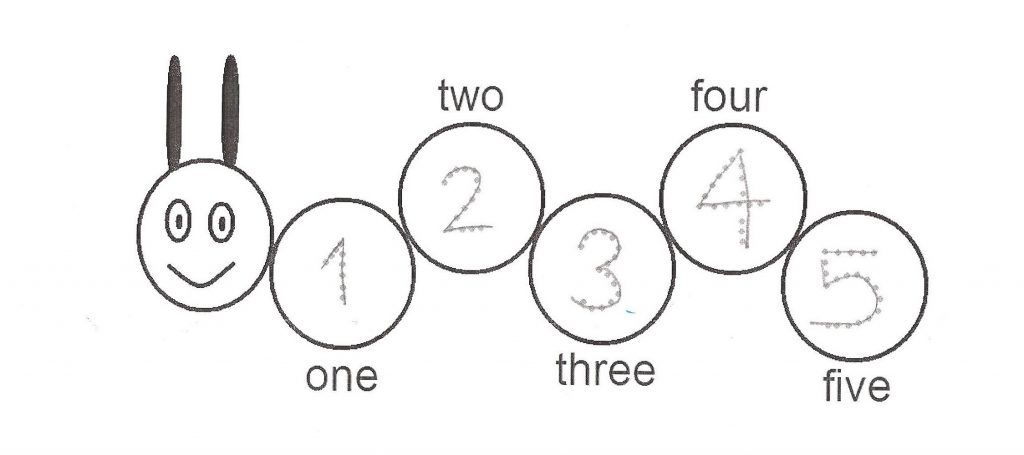 nine0003
nine0003 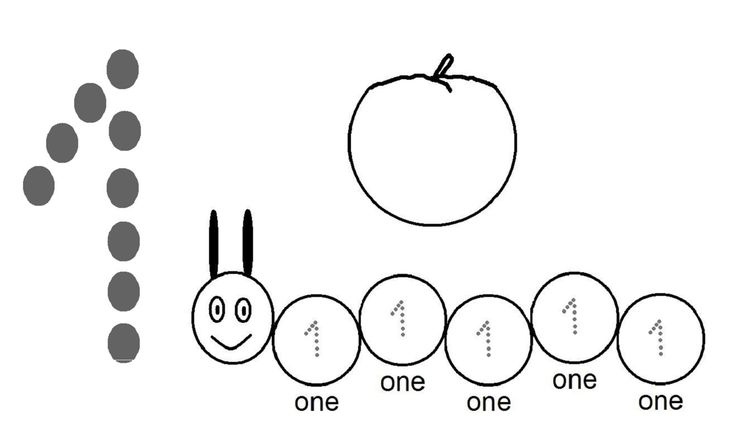 And in the hallway are for some reason five slippers: two of my mother's, two of my daughter's and one of my father's (on the second, apparently, the animals once again set off to travel). Actually, the account was invented in order not to repeat: fungus, fungus and fungus, but immediately say “ three fungi”. At some point, the baby himself will name the number of items.
And in the hallway are for some reason five slippers: two of my mother's, two of my daughter's and one of my father's (on the second, apparently, the animals once again set off to travel). Actually, the account was invented in order not to repeat: fungus, fungus and fungus, but immediately say “ three fungi”. At some point, the baby himself will name the number of items. Classification
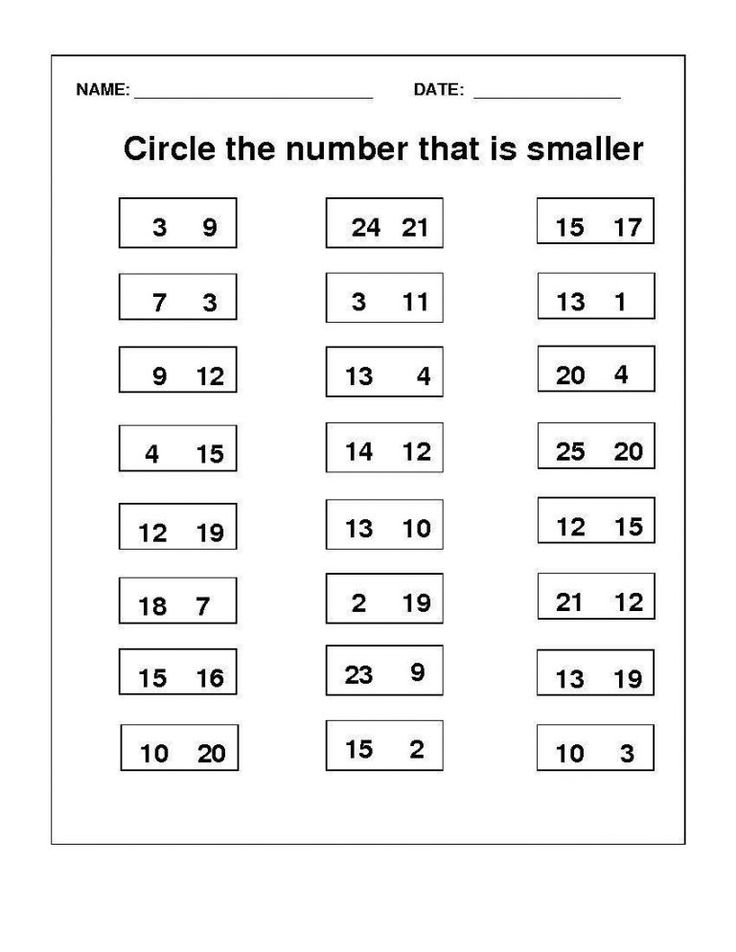 When all the toys of the baby fall into one box (even if it is transparent), there is a feeling of chaos. It is better if a special closet or bookcase is allocated for toys, and for each type of toys - its own box or basket. Where is the best place to store cubes? They have smooth edges, they can be neatly laid in a box. Other wooden building material will also go there. nine0003
When all the toys of the baby fall into one box (even if it is transparent), there is a feeling of chaos. It is better if a special closet or bookcase is allocated for toys, and for each type of toys - its own box or basket. Where is the best place to store cubes? They have smooth edges, they can be neatly laid in a box. Other wooden building material will also go there. nine0003 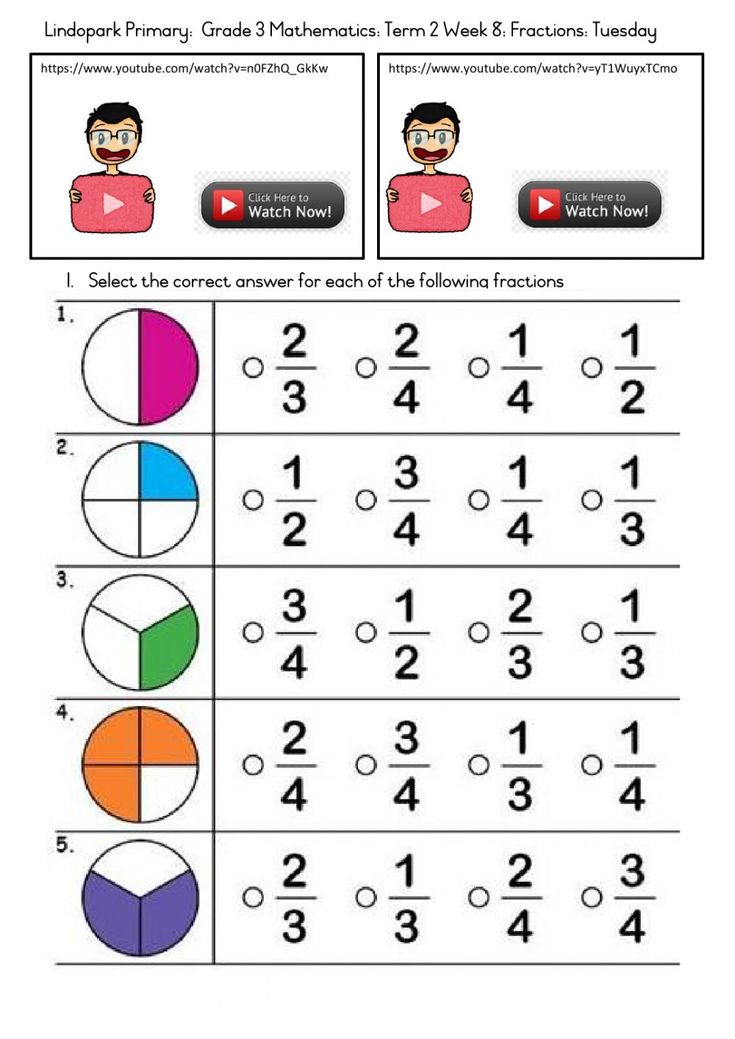 nine0003
nine0003 Everything is known in comparison
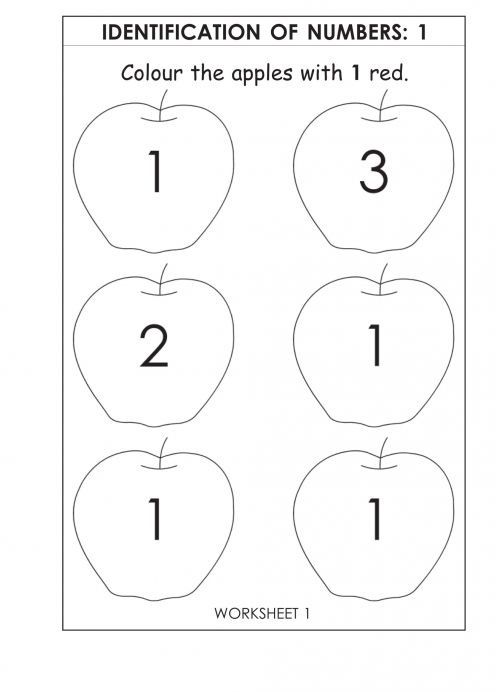 Who said that you need to limit yourself to only plates, spoons, chairs and beds? Let the bears have different sizes of pillows, blankets, books, hats, etc. nine0003
Who said that you need to limit yourself to only plates, spoons, chairs and beds? Let the bears have different sizes of pillows, blankets, books, hats, etc. nine0003 Serialization
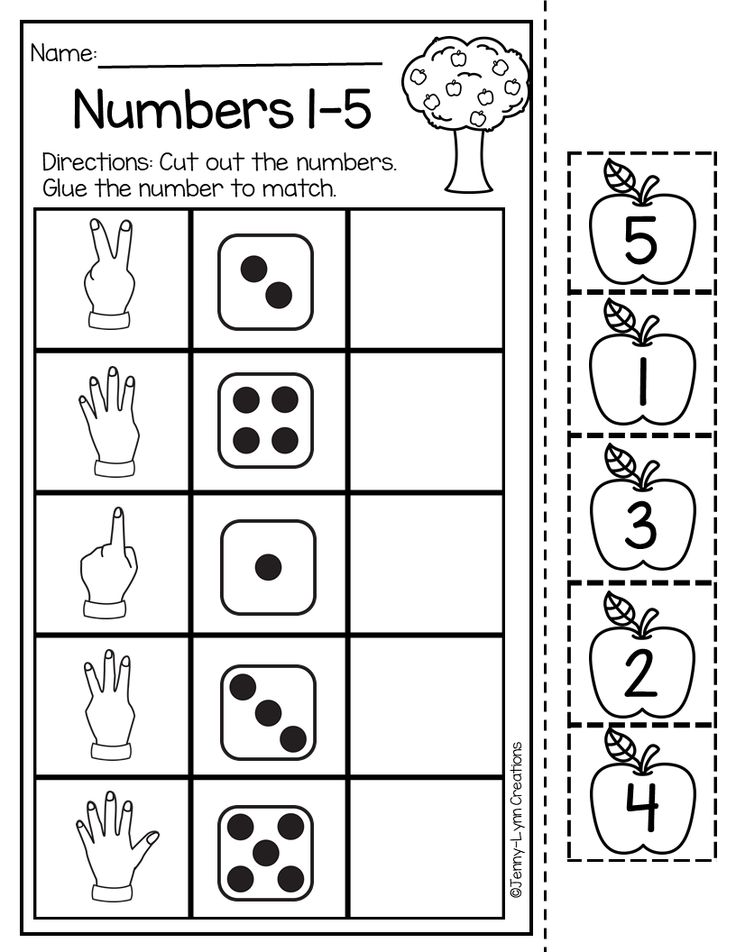 nine0003
nine0003 